Asia boasts a rich tapestry of comic artistry, with creators whose innovative storytelling and distinctive styles have left an indelible mark on the global comic industry. From pioneering manga artists in Japan to influential figures across the continent, these artists have introduced iconic characters and narratives that continue to captivate readers worldwide. This article highlights ten of the most influential Asian comic artists, celebrating their unique contributions and enduring legacies.
1. Osamu Tezuka (1928–1989): The God of Manga

Japanese artist Osamu Tezuka is often referred to as the “God of Manga.” He created iconic series such as “Astro Boy,” “Black Jack,” and “Phoenix,” pioneering storytelling techniques that have become standard in manga and anime. His innovative panel layouts and character designs have inspired countless artists.
2. Akira Toriyama (b. 1955): The Mind Behind Dragon Ball
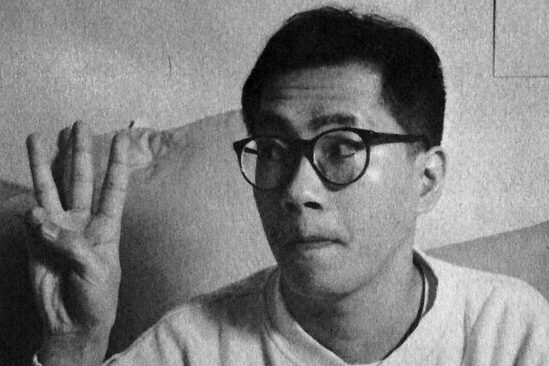
Akira Toriyama is best known for creating “Dragon Ball,” a series that has achieved global acclaim and significantly influenced the shonen genre. His dynamic art style and storytelling have left a lasting impact on manga and anime. Toriyama also contributed character designs for popular video games like “Dragon Quest” and “Chrono Trigger.”
3. Naoko Takeuchi (b. 1967): Sailor Moon’s Creator

Naoko Takeuchi created “Sailor Moon,” a series that revolutionized the magical girl genre and became a global phenomenon. Her work has inspired numerous adaptations and continues to influence artists worldwide. The series is celebrated for its strong, relatable female characters and its blend of action, romance, and fantasy.
4. Rumiko Takahashi (b. 1957): The Prolific Storyteller
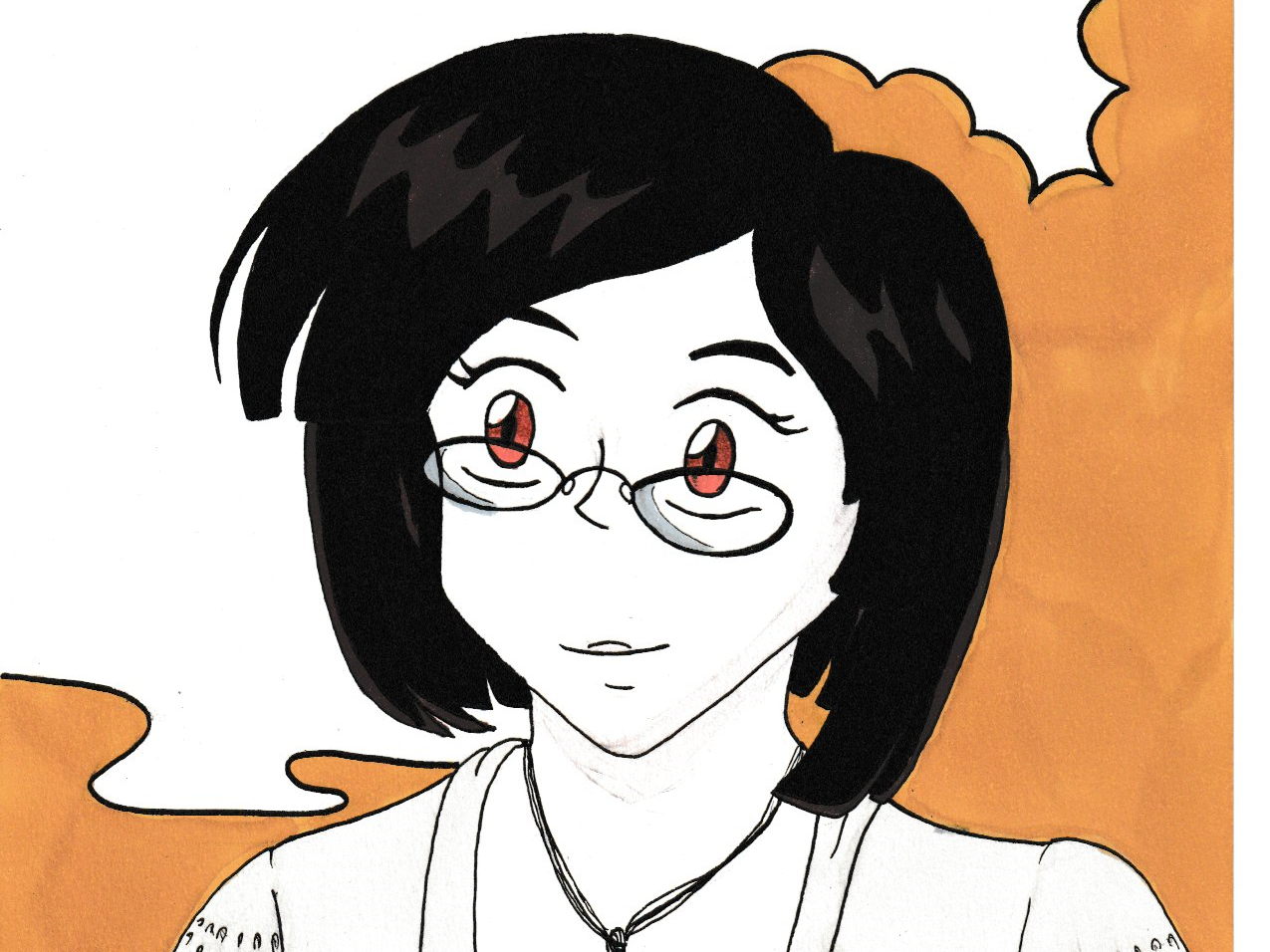
Rumiko Takahashi is one of Japan’s best-known and wealthiest manga artists. Her works, including “Urusei Yatsura,” “Ranma ½,” and “Inuyasha,” have been widely popular, blending humor, romance, and fantasy. Her storytelling prowess and distinctive art style have garnered her a massive international following.
5. Yoshihiro Tatsumi (1935–2015): The Pioneer of Gekiga
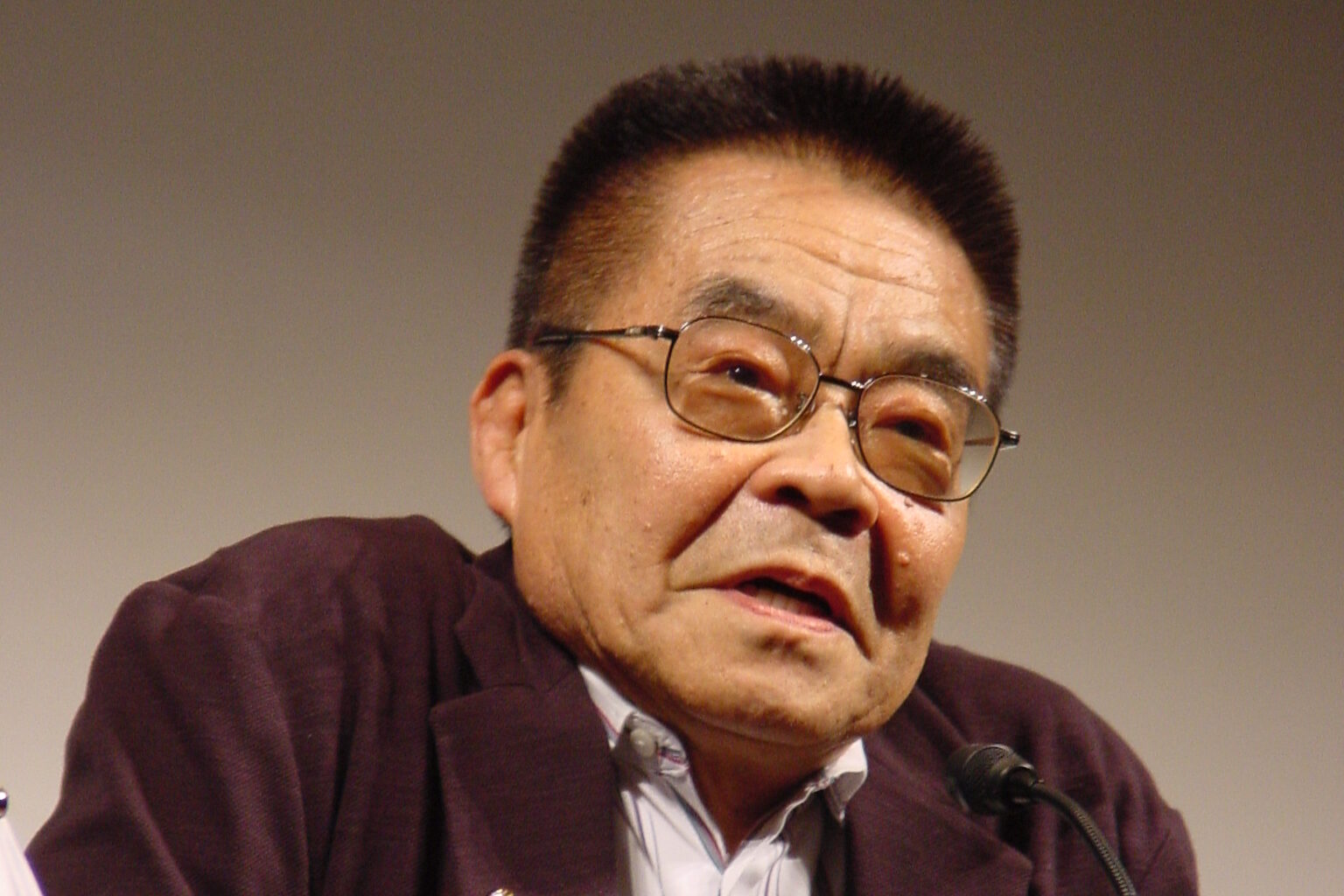
Yoshihiro Tatsumi is credited with pioneering the “gekiga” movement, which introduced a more mature and literary style to manga. His works often explore the darker aspects of post-war Japanese society, delving into complex human emotions and societal issues.
6. Tony Wong (b. 1950): The Godfather of Hong Kong Comics
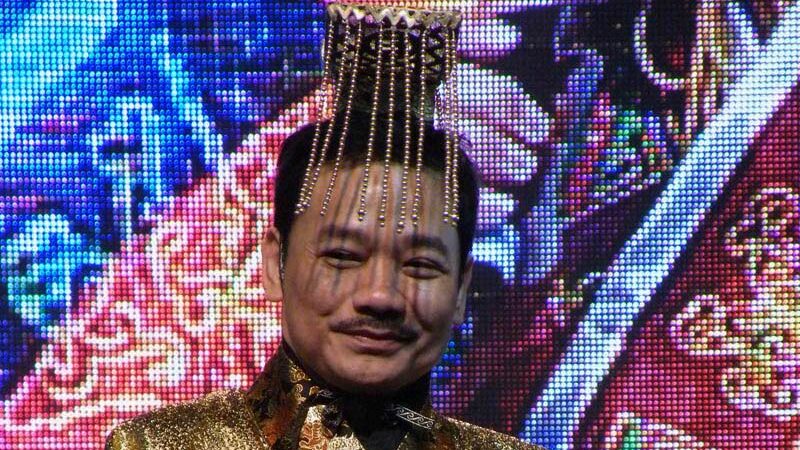
Hong Kong artist Tony Wong, also known as Wong Yuk-long, is renowned for his martial arts comics, including “Oriental Heroes” and “Weapons of the Gods.” He is regarded as a pivotal figure in Hong Kong’s comic industry, influencing the region’s visual storytelling and artistic styles.
7. Jim Lee (b. 1964): The Modern Visionary
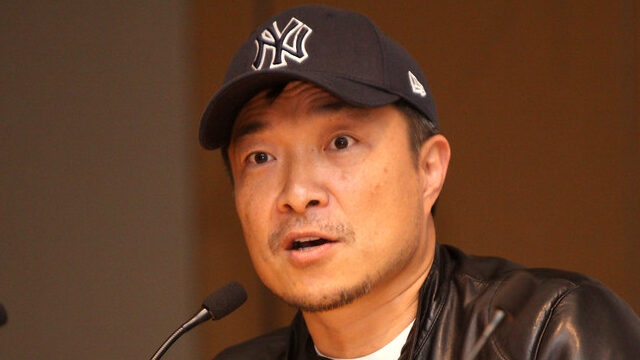
South Korean-born Jim Lee is celebrated for his detailed and dynamic artwork in series like “X-Men” and “Batman: Hush.” As a co-founder of Image Comics and a key figure at DC Comics, his influence on modern comic aesthetics is profound. Lee’s art is characterized by its intricate detail and dynamic compositions.
8. Natsuki Takaya (b. 1973): Creator of Fruits Basket
Natsuki Takaya created “Fruits Basket,” a beloved series that blends romance, comedy, and supernatural elements. The series has been adapted into successful anime and continues to resonate with readers for its heartfelt storytelling and well-developed characters.
9. Leiji Matsumoto (1938–2023): The Space Opera Maestro
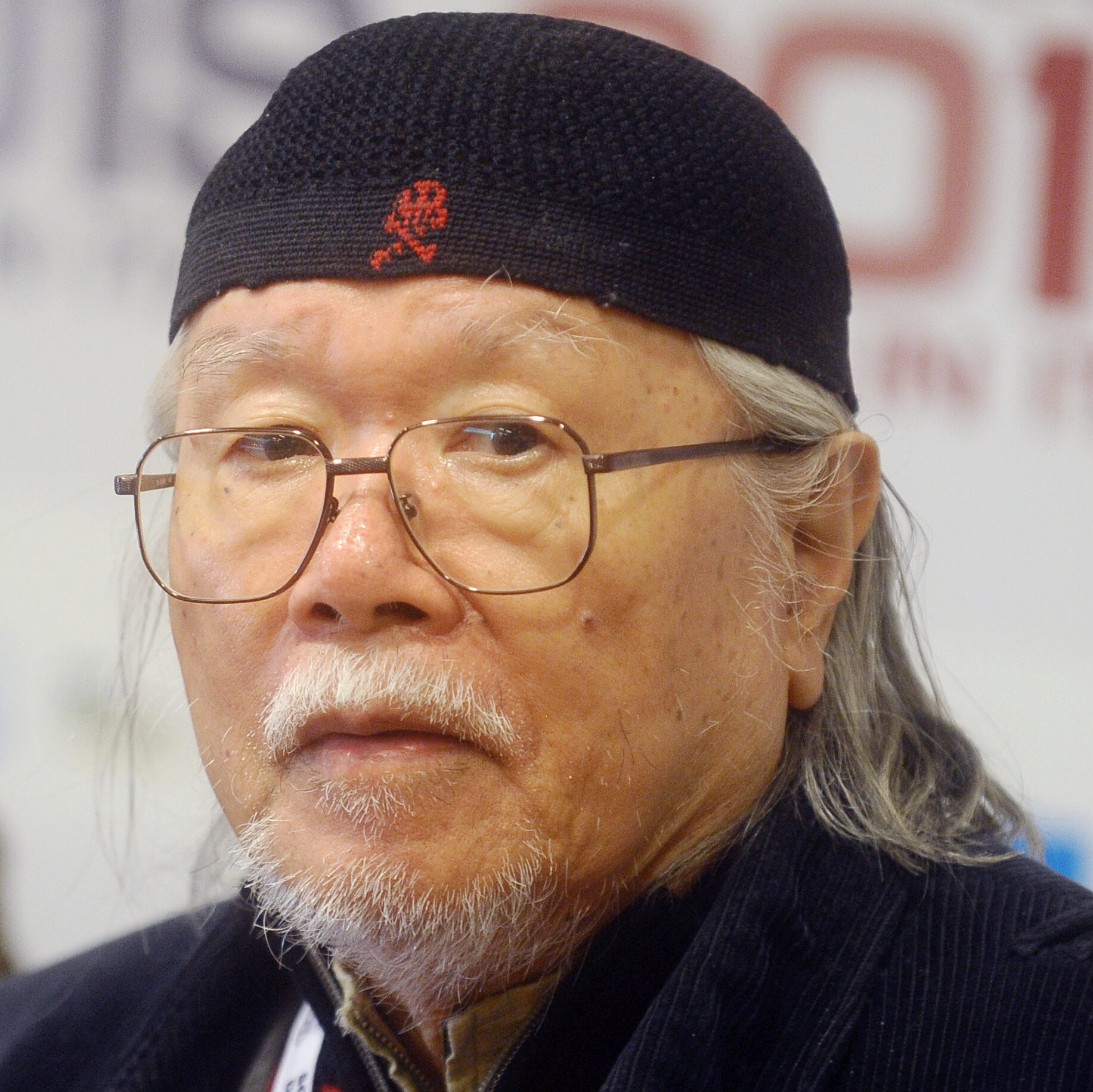
Leiji Matsumoto was famous for his space operas such as “Space Battleship Yamato” and “Galaxy Express 999.” His style was characterized by mythological and often tragic storylines with strong moral themes, noble heroes, and a love of strange worlds and melancholic atmosphere.
10. Tsugumi Ohba (b. 1950): The Master of Psychological Thrillers
Tsugumi Ohba is best known for authoring the “Death Note” manga series with illustrator Takeshi Obata, which has 30 million collected volumes in circulation. The duo’s second series, “Bakuman,” was also successful with 15 million in circulation. Ohba’s works are celebrated for their intricate plots and compelling character dynamics.
The contributions of these ten Asian comic artists have profoundly shaped the landscape of the comic book industry. Their innovative storytelling and artistic excellence continue to inspire both creators and readers, ensuring that their legacies endure in the annals of comic history.
Frequently Asked Questions: Asian Comic Artists
Who are some notable Asian comic artists?
- Osamu Tezuka: Often referred to as the “God of Manga,” Tezuka’s works, such as Astro Boy and Black Jack, have been foundational in shaping modern manga and anime.
- Naoko Takeuchi: Creator of the globally acclaimed Sailor Moon series, which has had a profound impact on the magical girl genre in manga and anime.
- Keum Suk Gendry-Kim: A South Korean artist known for her graphic novel Grass, which delves into the experiences of Korean women during World War II.
- Aarthi Parthasarathy: An Indian filmmaker and webcomic creator recognized for Royal Existentials, a series that overlays historical Indian art with contemporary dialogues.
- Sonny Liew: A Malaysian-born artist whose graphic novel The Art of Charlie Chan Hock Chye offers a meta-narrative on Singapore’s history and has received international acclaim.
What are some prominent comic series from Asia?
- One Piece: Created by Eiichiro Oda, this Japanese manga follows the adventures of pirates seeking the ultimate treasure.
- The Ravages of Time: A Chinese manhua by Chan Mou, offering a retelling of the historical Romance of the Three Kingdoms with intricate political intrigue.
- The Breaker: A South Korean manhwa by Jeon Geuk-jin and Park Jin-hwan, focusing on martial arts and personal growth.
- Buddha: A series by Osamu Tezuka that narrates the life of Siddhartha Gautama, blending historical facts with imaginative storytelling.
- Grass: Authored by Keum Suk Gendry-Kim, this graphic novel provides a poignant account of a Korean woman’s experiences during wartime.
How do Asian comics differ from Western comics?
- Artistic Style: Asian comics, particularly Japanese manga, often employ a distinct art style characterized by expressive characters and dynamic panel layouts.
- Reading Format: Many Asian comics are read from right to left, especially in countries like Japan, which contrasts with the left-to-right reading format of Western comics.
- Themes and Genres: Asian comics encompass a vast array of genres, including slice-of-life, historical, fantasy, and horror, often delving deeply into cultural and philosophical themes.
Are Asian comic artists recognized internationally?
Yes, numerous Asian comic artists have achieved international acclaim. Series like Naruto, Dragon Ball, and Attack on Titan have garnered global fanbases, and artists such as Osamu Tezuka and Naoko Takeuchi are celebrated worldwide.
What themes are prevalent in Asian comics?
Asian comics explore a wide range of themes, including personal identity, societal roles, historical events, fantasy adventures, and philosophical inquiries. They often reflect the cultural nuances and societal issues pertinent to their countries of origin.
Where can I access Asian comics?
Asian comics are available through various channels, including bookstores, online retailers, and digital platforms. Many have been translated into multiple languages, making them accessible to a global audience.
Do Asian comic artists participate in international conventions and festivals?
Yes, many Asian comic artists attend international conventions and festivals, engaging with global fans and industry professionals. Events like Comic-Con International often feature panels and signings with prominent Asian creators.
Is there a strong comic culture in Asia?
Absolutely. Countries like Japan, South Korea, and China have vibrant comic cultures, with manga and manhwa being integral parts of their entertainment industries. Regular publications, dedicated stores, and a vast readership underscore the significance of comics in these societies.
How has Asia contributed to global comics and animation?
Asia has significantly influenced global comics and animation through unique storytelling, artistic styles, and innovative genres. The global popularity of anime and manga has led to cross-cultural collaborations and adaptations, enriching the global entertainment landscape.
Can non-Asian readers access Asian comics?
Yes, many Asian comics have been translated into various languages and are distributed worldwide. Digital platforms also offer access to a wide range of Asian comics, ensuring that non-Asian readers can enjoy these works.
Asian comic artists have profoundly impacted the global comic industry, offering diverse narratives and artistic expressions that continue to captivate audiences around the world.



